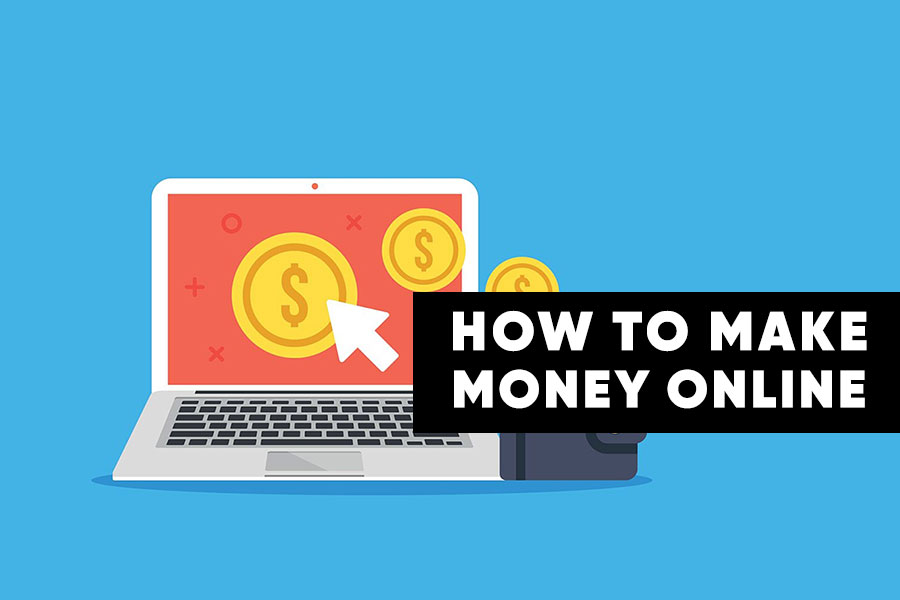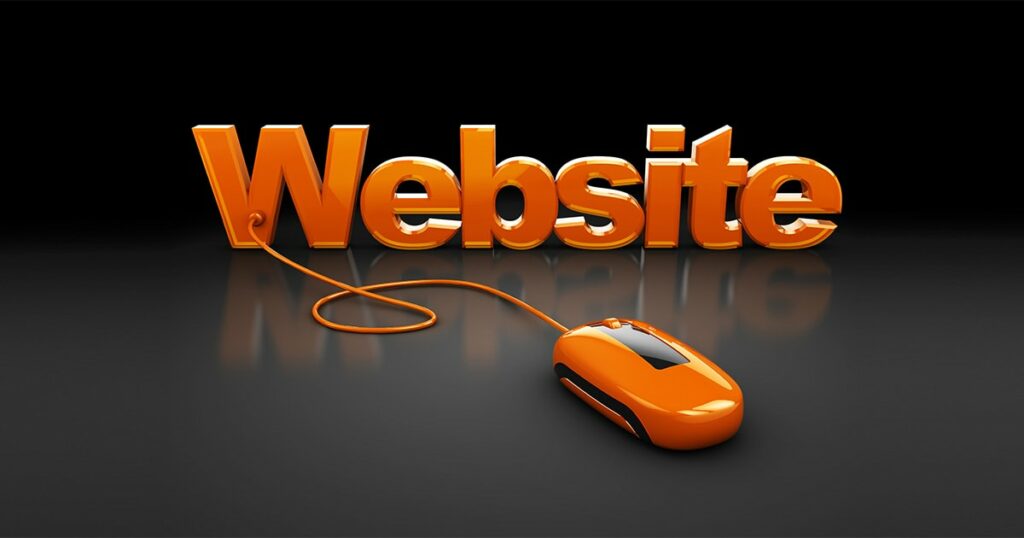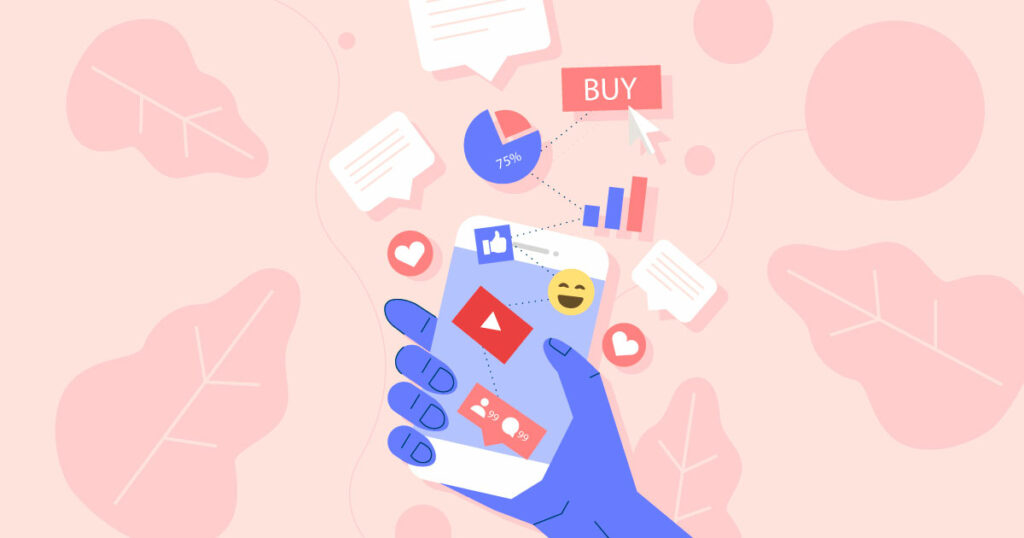This website uses cookies to ensure you get the best experience on our website. Privacy Policy and Cookie Policy.
Accept 
One-Page Website: Pros and Cons
One-pages are a trend that continues to gain popularity. However, it is difficult to call it a trend either – the trend to create one-page sites began several years ago. But if earlier these were mainly business card sites or landing pages, landing pages, now one-page sites are represented by companies, including web studios.
If site developers themselves consider this format the most suitable for their sites on the network, then ordinary users should also take a closer look at it. Do you need a single page site – or is it better to go with a traditional multi-page structure? In this article I will try to talk about all the pros and cons of one-page pages, so that you can make an informed decision.
Benefits of a one page website
1. Quick reference
One-page site – site format, which consists of one page, which contains all the information. You can scroll down and up to view the content of the site.
2. Less time to create
The speed of website development directly depends on its complexity and volume – on average, one-page sites can be made faster than sites with a complex structure. This has made them so popular as a landing page – it takes very little time to get a finished website. Naturally, developing a high-quality one-page site will take more time, but still not as long as developing a standard site.
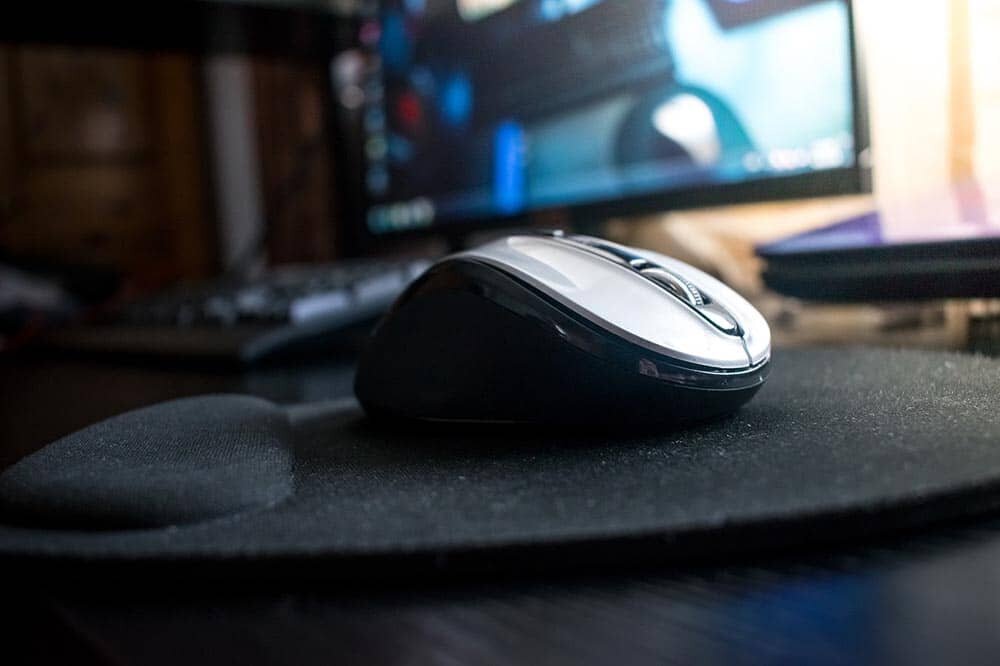
Selection of one-page design for your product
3. Mobile adaptability
One-pages are often responsive. It is convenient: there is no need to spend money on a separate mobile version – one, and the site is convenient to use on any mobile device – that’s two.
Since now as many people go online from portable devices as from desktop computers (if not more), this is a very important advantage of one-page sites.
4. Uniform and unique design
The design of a one-page site is easier and faster to think through, to make it uniform and unique. Since single pages are usually long sites, they are great for Parallax Scrolling. Parallax scrolling is a technique in which background images move more slowly than foreground elements. The use of parallax makes visiting a site an exciting adventure – which means that it captivates users and sets them up positively towards the site and the company itself.

one-page design shopping
5. Clear navigation
If on a classic site one can get confused in links and sections, then on a one-page site such an option is excluded – the user cannot go in the wrong place. There is no need to worry if the user will visit the desired page – there is only one page, and he has already visited it.
6. User attention
If the site has one page, then it is much easier to concentrate the user’s attention on the necessary things than on multi-page sites, when the user can go from one page to another, and then, confused, close the site altogether.
And it’s easier to edit a one-page site when it comes to increasing conversions. There are not so many elements – if something goes wrong (or you want it to go even better), then you can understand and do it faster than on a classic site with several pages.
7. Visual perception
Traditionally, one-page sites focus on the visual part of content, be it photos, drawings or videos. And this is good: it is known that visual information is perceived and remembered much better than a canvas of text – experiments have shown that people perceive images by 40% more positively than text. Agree, the difference is considerable. Therefore, not only juicy illustrations, but also infographics are now extremely popular – in this format, information will reach users much faster than in text.
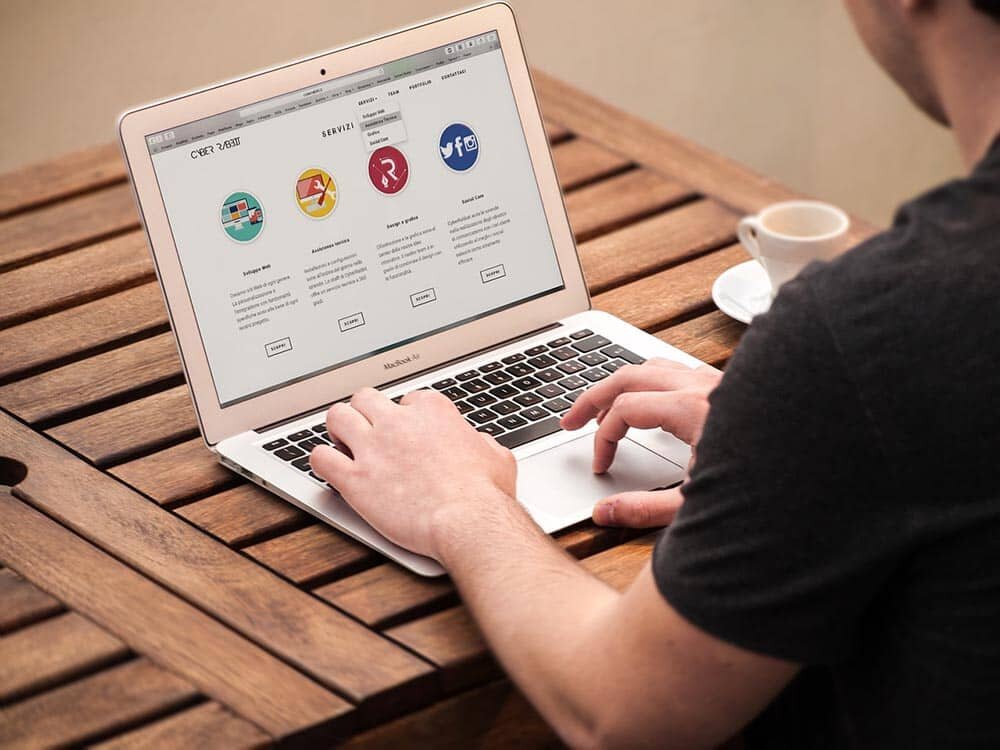
one page design suitable for large screens
Disadvantages of a one page website
Now let’s go over the disadvantages that a one-page site may have.
1. Loading time
A one-page site contains all the information on a single page, therefore, as a rule, this page will take longer to load than the home pages of regular sites.
But the optimization has not been canceled, so in fact this difference in loading time may be completely insignificant.
2. Distribution of information
Where and what information you put is a very important question. The main task is for the user to find what he came for, and all the other necessary data. The design of a one-page site should not confuse, but, on the contrary, keep the user on the site and encourage him to perform the targeted action.
3. Brevity
A one-page site assumes brevity and concise information. Most likely, you will not be able to place absolutely all the intended information on it – you will have to shorten something, and refuse something altogether.
4. Analytics
Multi-page sites are easier to analyze from the point of view of user behavior: what page they visited, how much they spent on it, how much they became interested … Single-page sites often have much less data for analytics, especially in terms of identifying problem areas.
5. SEO promotion
One of the main disadvantages of one-page pages is the complexity new promotion in search engines. You cannot add a lot of text to a single-page site, it has only one page for keywords, while on classic sites, you can optimize each page separately.
Here you can also recall the lack of internal links on a one-page site.
6. No blog
A blog is a great promotion tool. But it doesn’t fit into the concept of a one-page site. Therefore, if you want to have a blog on your site, you will have to abandon the idea of a one-page site. Perception The one page is well received … in most cases. But not in all. There are users who don’t like scrolling through the page or learning a clever design. In addition, landing pages in the form of one-page sites have already earned a not very good reputation, and some users are scared off by such sites.
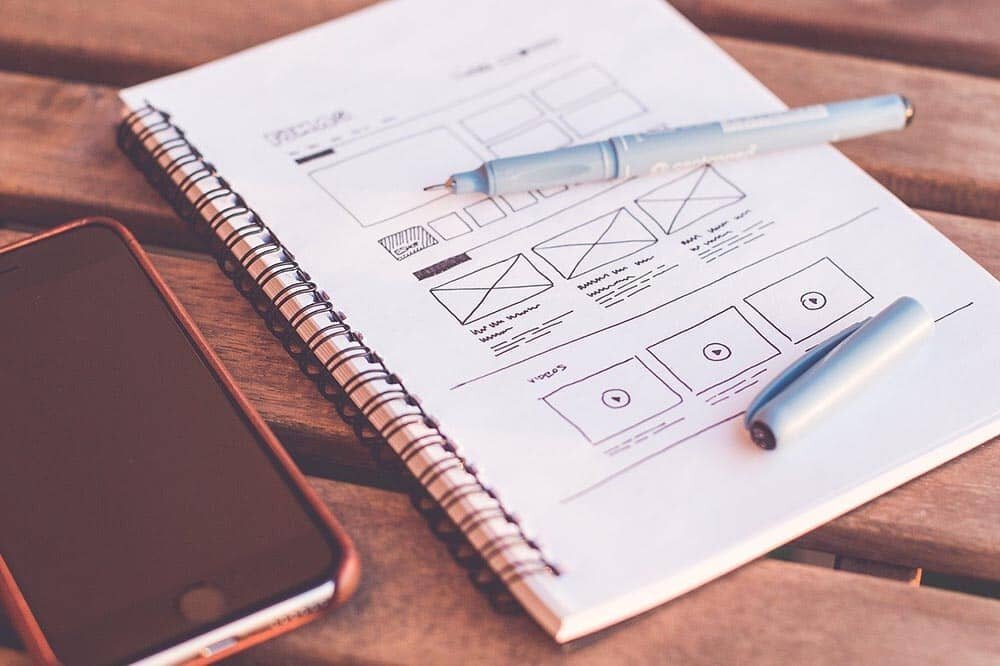
One-page design convenience
Final Thoughts
Now that you’ve seen both the pros and cons, it’s up to you to decide if a one-page website is best for you. If you have a site with a lot of information for the user to find or an online shop, a one-page site might not work for you.
If, however, you want to build a site for a product, a service, or a portfolio, a one-page website is ideal.
Read this articles.

